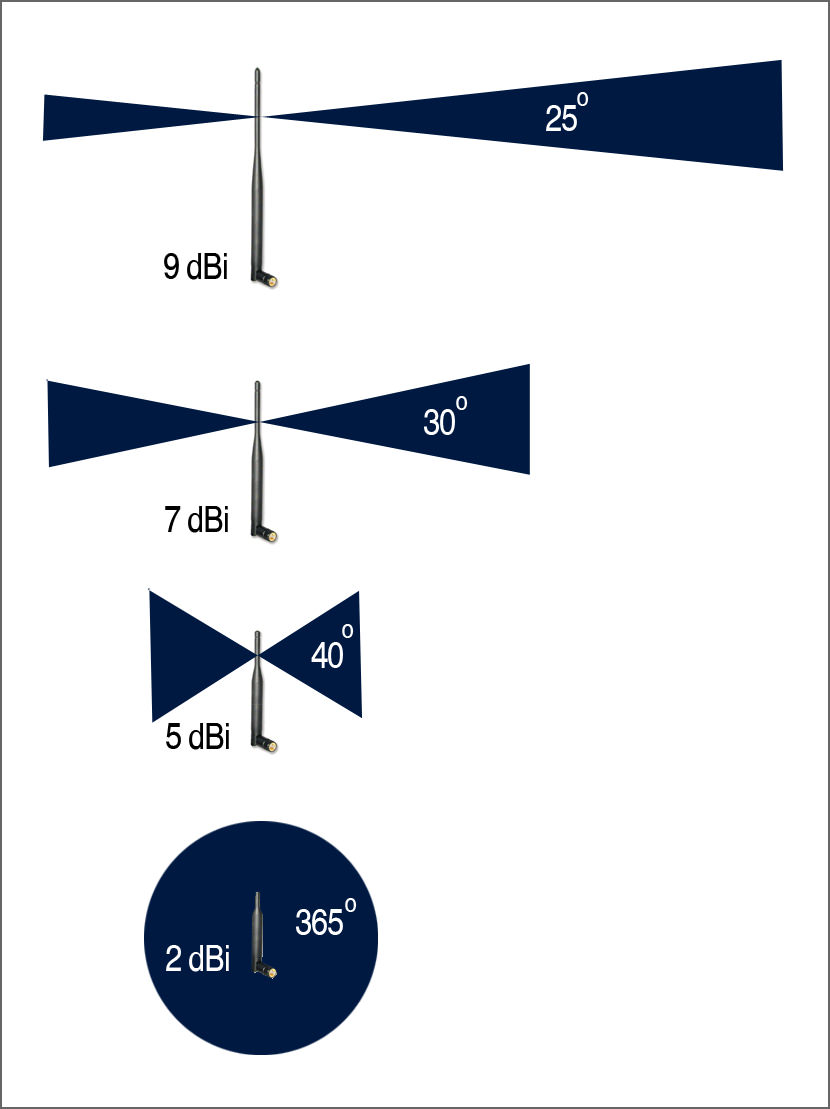- Joined
- Dec 14, 2016
- Messages
- 1,268
- Reaction score
- 575
- Age
- 54
- Location
- Saint Clair Shores, Michigan, USA
In a good tail wind, would make a great sailHahaha. I just remembered I had this. I wonder what it would do? I wish I had 2.
I did this same thing, replaced the drop pins with zip ties. I was getting some shacking on the video, and felt it was the pins causing it.Yup. I figured out what to use to stiffen it up. Just the cut off tail pieces from the zip ties that I used in place of anti drop pins on the camera, then just heat shrink over that.
I did this same thing, replaced the drop pins with zip ties. I was getting some shacking on the video, and felt it was the pins causing it.
On the dipoles I remember you asked me about turning one at a 90° to the other, also saw that mentioned in that tutorial on post #1.
Are you going to test one being 90° compared to both being vertical?


For a single antenna 90deg change in polarisation (ie vertical to horizontal) could introduce up to 20db reduction in signal strength. I suspect the dual antenna system on the controller is mimo so losses will not prove to be this significant.I did this same thing, replaced the drop pins with zip ties. I was getting some shacking on the video, and felt it was the pins causing it.
On the dipoles I remember you asked me about turning one at a 90° to the other, also saw that mentioned in that tutorial on post #1.
Are you going to test one being 90° compared to both being vertical?
Not in the real sense as it is not an active or radiating element. Of course there can be losses if it's excessive but not in the way it's intended to be used on this case.I see that the length of the T should be 58mm. Does it matter how long the stem is?
I see that the length of the T should be 58mm. Does it matter how long the stem is?
awesome. I have not really gotten to do nice range test yet. This weekend I am going to the mountains so I can test in a nice open area. But in the small testing I have done, i got to 2200 feet and my RC control is what goes out as well. So next thread, how to make awesome antennas for the 5.8ghz?!I read that it could be any length... so long as it's NOT 29mm (That's the length of each "leg"). The article was a little above my head... but something about resonance or something.
That being said.... I made mine 40mm.
P.S. I just set my personal record. 2700 feet. Still had FULL video signal. It was the control that couldn't keep up.
awesome. I have not really gotten to do nice range test yet. This weekend I am going to the mountains so I can test in a nice open area. But in the small testing I have done, i got to 2200 feet and my RC control is what goes out as well. So next thread, how to make awesome antennas for the 5.8ghz?!
that's awesome. I am going to give a try this weekend for sure!!! I'm excited to be in the mountains away from all the WI-FI!!Oh yeah. I just remembered what I was going to tell you...... So once I got out that far... I decided to fly the bird sideways for a minute, to simulate what would happen if the antennas were in a different position. Seemed to make no difference what so ever. So, I'd say it's safe to say that they could go on the front legs or back legs or 1 on each, like you have them.
That's good news. Just keep them vertical and let it fly.This is the hallmark of an omnidirectional antenna. Just keep them as close to vertical as is feasible. This matches the vertical
polarity of the controller antennas.
Antenna gain is obtained by shaping or steering or directing the 'beam' of energy in a way to make the signal stronger in a particular direction or location. This is the opposite of omnidirectional which radiates in all directions equally.
Those antennas changed the radiation pattern in a way not beneficial to the way you were flying.
This is a general statement so I hope you can grasp my point.
Think of it like focusing the beam of a Maglite flashlight.
So just cause an antenna boasts gain does not mean it will be beneficial in all cases or applications.

We use essential cookies to make this site work, and optional cookies to enhance your experience.


